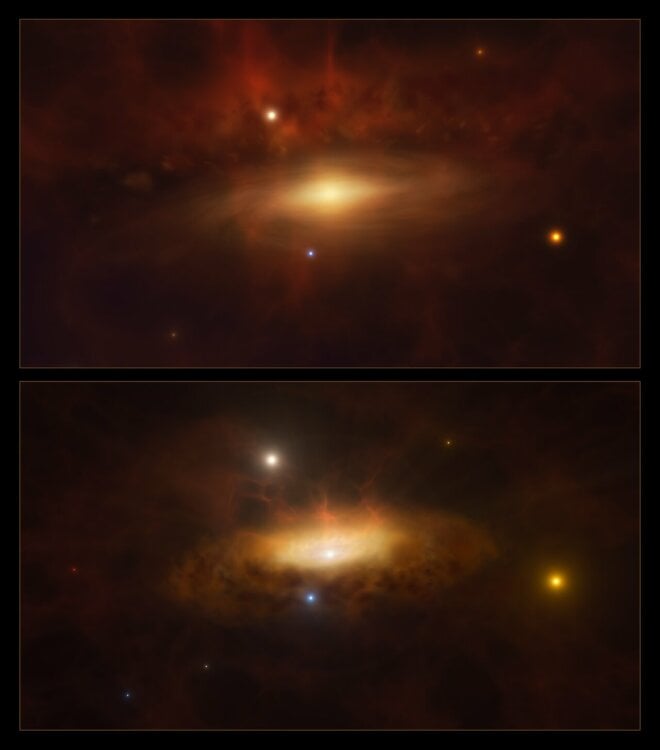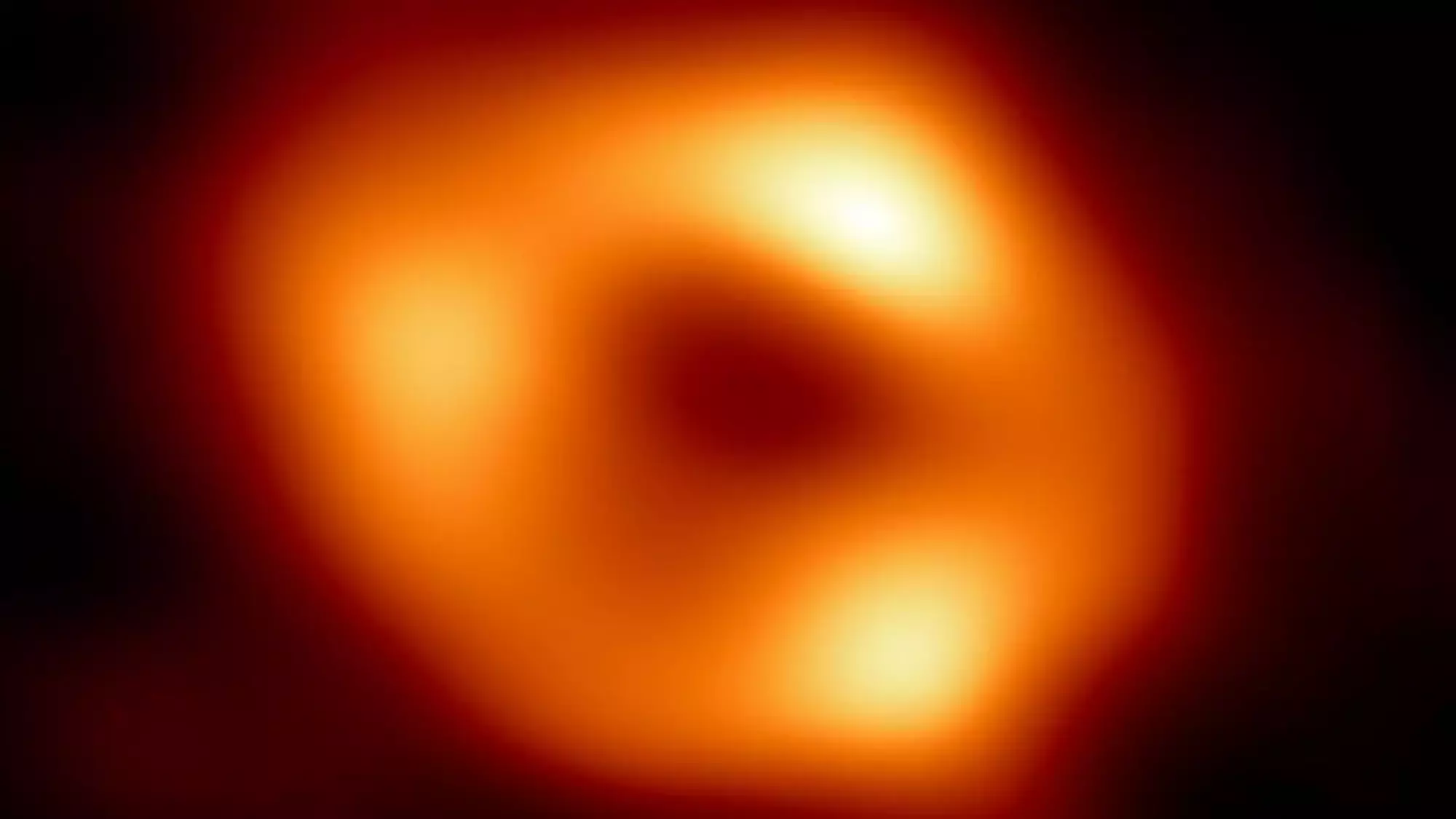Scientists for years thought the galaxy SDSS1335+0728 was about as remarkable as its serial code name.
Then it did something scientists had never seen a galaxy do: Suddenly, this frankly forgettable space neighborhood 300 million light-years away threw the lights on. That happened nearly five years ago, and it’s only gotten brighter since.
Astronomers believe they just bore witness to a supermassive black hole, the sleeping giant at its galactic center, awakening. Previously, no one had seen a black hole rousing as it was happening.
“Imagine you’ve been observing a distant galaxy for years, and it always seemed calm and inactive,” said Paula Sánchez Sáez, an astronomer at the European Southern Observatory, in a statement. “Suddenly, its [core] starts showing dramatic changes in brightness, unlike any typical events we’ve seen before.”
Astronomers are accustomed to observing individual stars suddenly brighten or dim. Other galaxies have even been known to have brief flare-ups after a supernova or a black hole within it ate a star, but those episodes usually only last for a few days or months. Seeing an entire galaxy light up, then remain lit for many years after, is unprecedented, according to a team of scientists observing it with several ground and space telescopes, including NASA‘s Swift and Chandra X-ray observatories.
Sánchez Sáez is the lead author of the new findings, which appear in the Astronomy & Astrophysics journal.
Black holes are some of the most inscrutable phenomena in the universe. They don’t have surfaces, like a planet or star. Instead, they have a boundary called an “event horizon,” or a point of no return. If anything swoops too close, it will fall in, never to escape the hole’s gravitational clutch.
Mashable Light Speed
The most common, called stellar black holes, are thought to be the result of enormous stars dying in supernova explosions. The stars then collapse onto themselves, their material condensing into relatively tiny areas.
“These giant monsters usually are sleeping and not directly visible.”
But how supermassive black holes, millions to billions of times more massive than the sun, form is even more elusive. Many astrophysicists and cosmologists believe these invisible giants lurk at the center of virtually all galaxies. Recent Hubble Space Telescope observations have bolstered the theory that supermassive black holes begin in the dusty cores of starburst galaxies, where new stars are rapidly assembled, but scientists are still teasing that out.

An artist’s conception of a black hole at the center of a distant galaxy brightening in two images, with ‘before’ on top and ‘after’ on bottom.
Credit: ESO / M. Kornmesser illustration
To better understand SDSS1335+0728’s increased brightness, the team looked at archival data and new observations of the galaxy before and after the sudden change in December 2019. Not only did they find the galaxy, within the constellation Virgo, giving off more light at ultraviolet, optical, and infrared wavelengths, but it has even begun radiating in X-rays since this February.
“These giant monsters usually are sleeping and not directly visible,” said co-author Claudio Ricci of the Diego Portales University in Chile in a statement. “In the case of SDSS1335+0728, we were able to observe the awakening of the massive black hole, [which] suddenly started to feast on gas available in its surroundings, becoming very bright.”
The team plans to continue its research and rule out other potential explanations. Some have suggested the brightening of the galaxy could be the result of an abnormally long tidal disruption event, which happens when a star strays too close to a black hole, and is violently shredded. Or perhaps the cause is some other never-before-documented phenomenon waiting to be discovered.

The first image of Sagittarius A*, the black hole at the center of the Milky Way galaxy.
Credit: Event Horizon Telescope Collaboration
Black holes weren’t even universally accepted science about a half-century ago. Now they’re getting their pictures taken by a collection of enormous, synced radio dishes on Earth. Humanity just saw the Milky Way’s own central black hole, Sagittarius A*, for the first time in 2022.
Finding out what’s going on with SDSS1335+0728’s black hole could inform scientists about whether something like that could happen in our galactic home.
“Regardless of the nature of the variations,” Sánchez Sáez said, the distant galaxy “provides valuable information on how black holes grow and evolve.”

